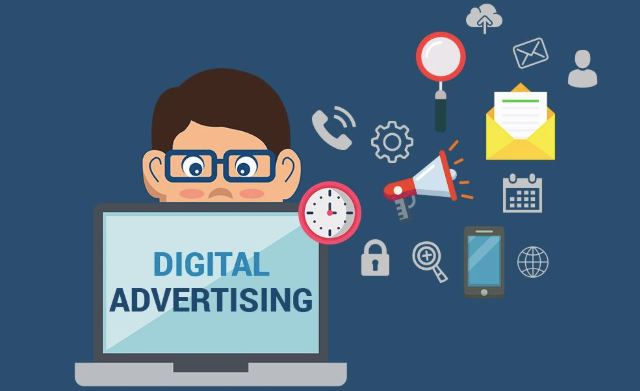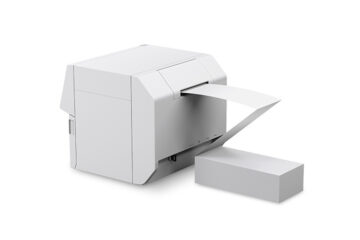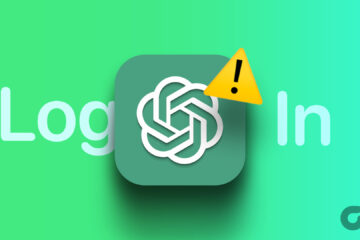If you’re a software company, you’re probably aware of the importance of online marketing. Digital advertising for SaaS brands, in particular, is often seen as the best tactic for generating fast leads for your business. Unlike organic approaches, this promotional method can quickly boost your visibility and generate numerous prospects for your software business.
Unfortunately, many people take digital ads for granted. Some companies blindly presume that they can achieve great results by simply focusing on a few popular keywords and using an automatic bidding strategy. As you’ll quickly realize, there’s more to digital advertising than that.
Marketers need to have a good understanding of the target market and audience. They need to set location and demographic parameters to cater to optimal leads. They also need to find an appropriate campaign type for their audience and create a bidding strategy that will guide them throughout the project.
How Do Ads Work?
Nowadays, almost every social media and search engine uses some sort of digital ad. These messages are placed prominently within SERPs or threads, targeting specific audiences that might be interested in a SaaS company’s offer. For the purpose of this article, we’ll focus on Google Ads, which is the most prominent format.
Like many other advertising services, Google Ads uses a PPC (pay-per-click) format. Advertisers are charged every time a person clicks on their link, regardless of whether they convert. As such, Google Ads are a perfect alternative to SEO, allowing you to quickly ramp up your website traffic.
There are numerous ways Google calculates the cost of ads. The price is formed through bidding, which is affected by target keywords, volume, reach, time of day, and a few other parameters. Advertisers have three main bidding strategies at their disposal when running Google Ads:
- CPC method (cost-per-click): Advertisers are charged whenever a Google user clicks on the link
- CPM method (cost-per-mille): Advertisers are charged on every 1,000 impressions
- CPE method (cost-per-engagement): Advertisers are charged whenever a user performs a specific action
Bidding is done through automatic and manual methods. With automatic methods, Google takes full control over the campaign, allowing it to optimize campaigns and results. Manual tactics give you more control, although they’re more labor-intensive and might even cost you in terms of productivity.
Types of Ads
The great thing about the Google platform is that it gives you lots of freedom when advertising. Among others, SaaS brands can choose between numerous formats, each with its set of pros and cons:
- Search ads (the most basic type of ads, showcased in a textual form)
- Display ads (ads that appear on various platforms across Google Display Network)
- Discovery ads (focuses on various platforms, such as Gmail, Google, and YouTube, for creating highly-converting messages)
- Shopping ads (shows ads within the Shopping tab as well as in some other platforms)
- App ads (prompt users to download your app to their device)
- Performance Max ads (uses all sorts of formats with the main goal of creating a single, perfect ad and capitalizing on it)
- Smart campaigns (AI-optimized campaigns meant to maximize your ad results)
As a SaaS brand, you can choose between lots of different, viable formats. And while search ads are the simplest one of them, you can also experiment with other methods.
Tips for Mastering Google Ads
As mentioned at the very start, there are lots of things you need to know about Google Ads to get fantastic results. Many SaaS brands start using this format hastily, which comes back to bite them. So, if you’re serious about your digital advertising, we suggest you take your time and learn some basics.
Here are a few tricks that will help you get much more value from this promotional method!
1. Check Different Ads
Although we’ve just mentioned some of the most popular Google Ad formats, we still suggest you perform your own research. Check various platforms to see how they’re presenting paid messages to determine which one is best for your brand.
For example, there’s a major difference between YouTube Ads, Facebook Ads, and Google Ads. Whether we’re talking about keyword focus, content format, or audience, each one has unique features that might help your campaign.
2. Set Goals
Before running a paid campaign, a SaaS brand needs to determine its target market and target audience. The company’s marketing team can use this data to customize their campaign, pinpointing ideal prospects for their software. Besides location and language, you should also decide on demographic traits.
You must also establish what you’re trying to accomplish with paid ads, as there’s a big difference between maximizing sales and maximizing brand awareness. A good rule of thumb in this particular case is to perform A/B testing with a smaller batch to see what kind of results to expect from different campaigns.
3. Introduce KPIs
Like many other digital marketing processes, advertising campaigns hinge on key performance indicators. You can use all sorts of paid and free platforms for your campaigns, starting with Google Ads and Google Analytics. Make sure to focus on specific KPIs based on your goals, such as conversion rate, click-through rate, and ROI.
4. Determine Budget
If you wish to gain proper results with your paid ads, you need to set aside a sizable budget. For good, long-term results, we suggest you stick with the same sum for at least several months. Google Ads platforms provide a breakdown of how much exposure you can get for a certain price. That way, you can know how much traffic to expect each month.
5. Utilizing SEO
Although many online publications showcase PPC as a stand-alone marketing tactic, advertisements are actually influenced by other processes. In particular, the success of your campaign can vary significantly based on how well you did SEO.
After clicking on a paid ad, a person will land on one of your pages. For these pages to convert at a high clip, they need to open quickly, be optimized for various devices, and have great content. Unless it’s a service page, your landing page should also include links to other areas of the website so you can convert visitors.
Paid ads are especially great if you’re running a full-scale SEO campaign concurrently. If you manage to rank some lucrative SaaS keywords and you also run ads for the same phrases, you’ll effectively occupy two spots in the Google search engine. The double effect will have a big impact on your campaign, bringing about incredible conversions.
6. Utilizing SMM
You can use social media marketing in a similar way. Popular influencers often spend on ads on certain platforms while also promoting their content. That way, they can occupy timeliness, ensuring they’re getting much more exposure. SMM ads can also work well in Google Ads, providing even more visibility and boosting brand awareness.
7. Find Right Keywords
To get the most out of Google Ads campaigns, you need to understand why users are looking for certain phrases. Even if two phrases relate to your business, that doesn’t mean they provide the same value. For example, one of them might bring users interested in information, while the second one has commercial value.
The best way to understand the potential benefits is by performing a thorough keyword research. Search volume and keyword difficulty are two big indicators; phrases that have lots of searches and are highly difficult are usually very important for SaaS brands. You should also check CPC, as keywords with higher cost usually have better commercial intent.
8. Create Engaging Content
The fact you paid for ad space doesn’t mean you’ll get great results. Advertisers need to find ways to engage audiences so they’re actually interested in landing pages’ content. So, when creating your messages, make sure to implement the best content creation practices, great headings, and CTAs.
You also have to consider the ad’s relevancy to the landing page. If the two are unrelated, visitors will quickly bounce without converting. In other words, you’ll spend money on clicks without anything to show for.
9. Perform A/B Testing
One of the best ways to insulate your brand from conversion risks is by performing A/B testing. Run two campaigns at the same time, with smaller batches, and monitor the results. It’s worth mentioning that nowadays, Google optimizes your ads automatically during certain campaigns.
Conclusion
Running Google Ads for SaaS brands can be rather tedious, especially if you have limited digital marketing knowledge. The process involves numerous tasks, such as creating goals, choosing the format, setting a budget, and defining the audience. For even better results, you should combine PPC ads with other marketing tactics.
Whatever the case might be, we suggest you take your time creating a perfect strategy. Even then, you need to be flexible and switch things up if and when necessary.
Stay in touch to get more updates & news on Gossips!




